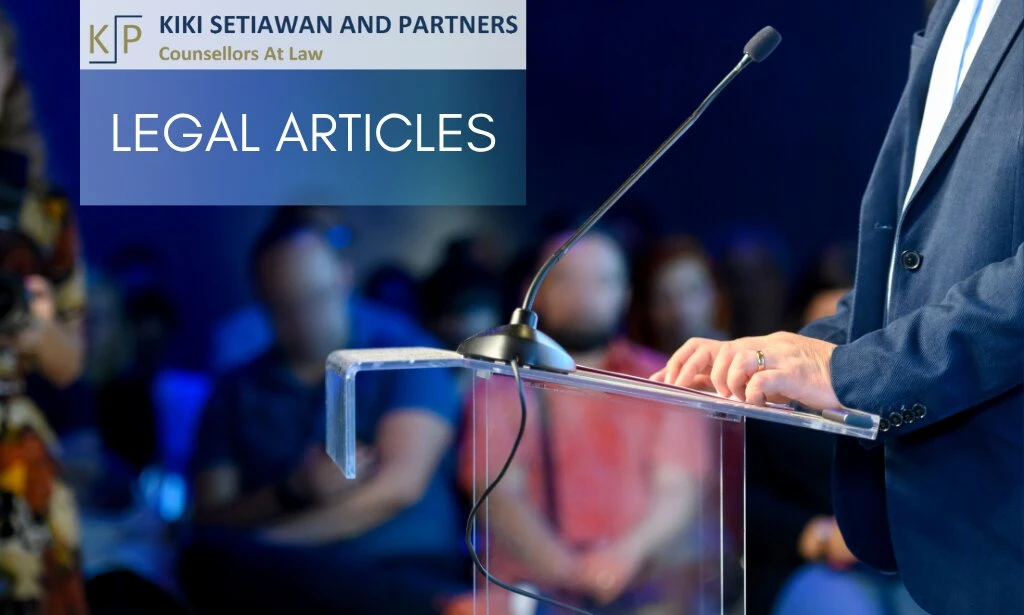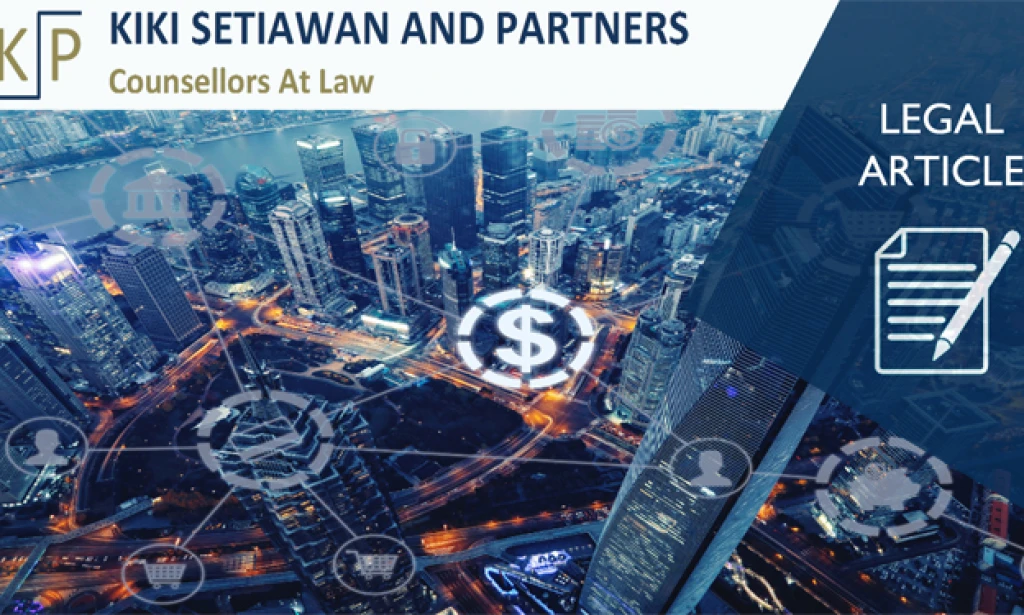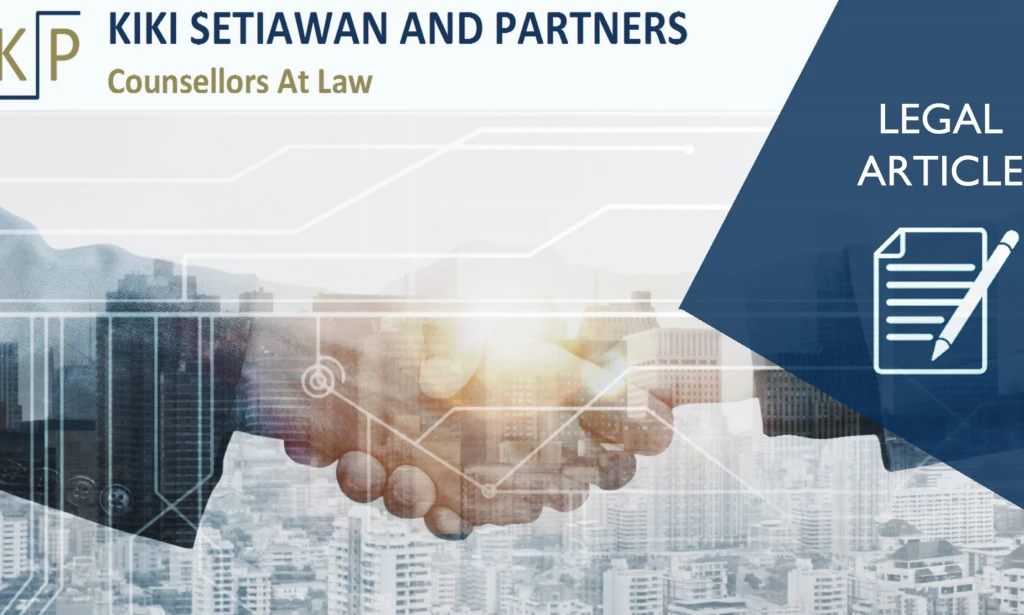KSP Legal Articles

Polemik Tanggung Jawab Direksi Atas Keputusan Aksi Korporasi Menurut Doktrin Business Judgment Rule (The Controversy Over the Responsibility of Directors for Corporate Action Decisions According to the Business Judgment Rule Doctrine)
Read More
Shareholders' Measures to Face Deadlock Situations in Company (Upaya Pemegang Saham Menghadapi Situasi Deadlock Dalam Perusahaan)
Read More
Mengenal Pengaturan Pendanaan Kembali Dalam Sektor Perbankan (Understanding Refinancing Arrangements in Banking Sector)
Read More
Getting To Know Types of Creditors in Civil and Bankruptcy Laws (Mengenal Jenis-Jenis Kreditor dalam Hukum Perdata dan Kepailitan)
Read More
Penerbitan Medium Term Notes Yang Dilakukan Tanpa Melalui Penawaran Umum (Issuance of Medium Term Notes That Are Privately Offered)
Read More
Syndicated Loan Transactions as an Alternative to Large Scale Funding by Commercial Banks (Transaksi Kredit Sindikasi Sebagai Alternatif Penyediaan Dana Skala Besar Oleh Bank Umum)
Read More
Collateral Seizure (Sita Jaminan) and Execution Seizure (Sita Eksekusi) in Indonesian Civil Court
Read MorePopular Post



